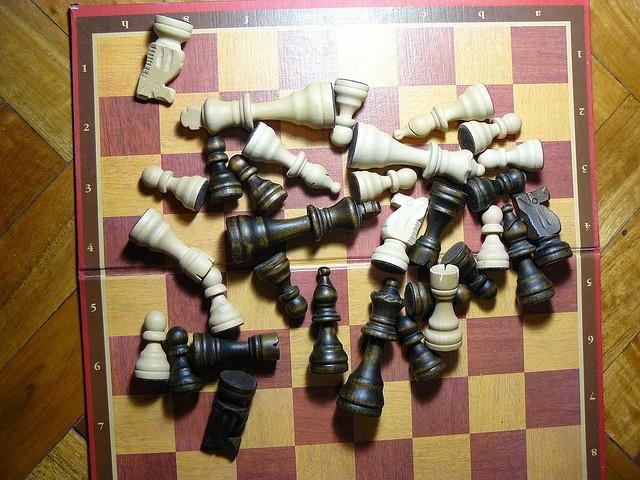
How to Play Unorthodox Combinations
Even devout Petrosian fans cannot deny that combinations are aesthetically pleasing by definition. However, keen tactical vision is no longer a unique commodity.
Sharp combinatorial awareness has become a required skill of all serious chess players. Indeed, Chess.com itself offers free and comprehensive tactical training for players of all levels.
Books on frequent combinational motifs, while still quite useful for beginners, have been largely relegated to the backwaters of chess literature.
With that said, combinations certainly do not always involve common themes. As GM Yasser Seirawan notes in his groundbreaking volume Winning Chess Combinations, you will not be tapped on the shoulder when the possibility of a combination arises.
In this article, I would like to discuss how to find "unorthodox combinations" -- those that do not prominently feature easy-to-see tactical motifs. Hopefully, I will satisfy your aesthetic cravings as well!
In my opinion, the hardest combination to see is one that exploits an ostensibly invulnerable piece (usually the king). Even relatively straightforward tactical sequences can be devilishly camouflaged if it does not appear logical or intuitively sound.
The following game, one of GM Hikaru Nakamura's finest victories, is a testament to the importance of tactical alertness.
21...Qxf2+ was not awfully difficult to calculate, but White's monarch looked so safe on g1 that it was impossible to find the queen sacrifice through intuition alone. In order to discover the one-of-a-kind mechanism, Nakamura had to profoundly analyze the position from a concrete standpoint.

The Chess War #1 by Geronimo Poppino
The next game is also quite amazing. Sometimes, lightning can strike even in the most ordinary, seemingly innocuous positions...
In and of itself, the Qa4+ tactic is certainly not unheard of (1.d4 Nf6 2.Bg5 c6 3.e3?? Qa5+ is one of many relatively common traps), but with the fourth rank closed off by White's own pawn, it appeared to have no relevance whatsoever.
The second type of unorthodox combination involves what I call a counter-refutation. Of course, it is imprudent to waste your time lingering on a combination that can be refuted, but it is worth spending a few seconds to make sure that you are not missing a tactical resource on your own end.
In some instances, extending your calculation one move further -- delving just a little deeper -- will change the result of the game.

The Chess War #2 by Geronimo Poppino
The next game, which is actually quite unknown (it was uncovered by Chess Historian Edward Winter and featured in his excellent work Kings, Commoners, and Knaves: Further Chess Explorations), is a case in point.
Notice that ...Rh1+ was a textbook decoy tactic, but to find it required both psychological cold-bloodedness (Mieses did not get discouraged after discovering White's apparent refutation) and calculation skill. My cynical side tells me that Mieses could have missed 5.Qf4 and simply gotten lucky, but I seriously doubt it! 
I will leave you with a challenging exercise. Remember: if a continuation does not appear to work, do not immediately discard it -- you might be a missing a hidden resource.
For once, the lesson is clear: a strong command of tactical motifs is important, but it will not make you a combinational wizard.
You must not only constantly be on the alert for sudden tactical opportunities, but you must also make sure that you are not ending your calculation prematurely.
RELATED STUDY MATERIAL
- Check out GM Daniel Naroditsky's previous article: The Positional Rook Lift.
- Watch GM Roman Dzindzichashvili's video lesson: Unusual Top-Level Combinations.
- Try your hand at sneaky sacrifices in the Chess Mentor.
- No combination can work without solid tactics. Hone your skills in the Tactics Trainer.
- Looking for articles with deeper analysis? Try our magazine: The Master's Bulletin.






